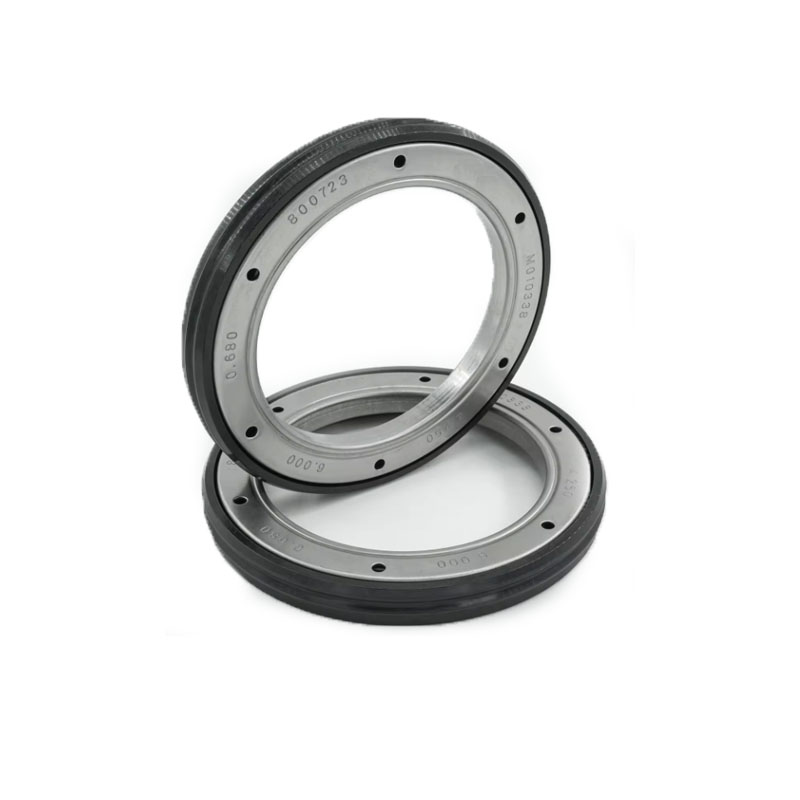B Series Engine Oil Pan Gasket Replacement Guide and Tips
Understanding the B Series Oil Pan Gasket Importance, Function, and Maintenance
The oil pan gasket is a crucial component in any automobile engine, including the popular B series engines commonly found in vehicles like Honda and Acura. The oil pan itself serves as a reservoir for engine oil, which is essential for lubricating engine components, reducing friction, and maintaining optimal operating temperatures. The oil pan gasket plays a vital role in ensuring that this oil stays contained within the pan, preventing leaks and maintaining proper oil pressure.
The Role of the Oil Pan Gasket
The oil pan gasket functions primarily as a seal between the oil pan and the engine block. It is designed to withstand high temperatures and the corrosive nature of engine oils, which can break down materials over time. A well-functioning gasket is essential for preventing oil leaks that could lead to decreased oil levels, increased friction, and ultimately, engine damage. In many cases, a failing oil pan gasket can manifest through signs such as oil spots under the vehicle or a drop in oil pressure, both of which require immediate attention.
Common Issues and Failures
One of the most prevalent issues affecting oil pan gaskets is wear and tear due to heat cycles and exposure to oil. Over time, gaskets can become brittle or develop cracks, resulting in oil leakage. Another common problem arises from improper installation or the use of subpar materials, which can lead to premature failure. Environmental factors, such as extreme temperatures and exposure to engine fumes, can also contribute to the deterioration of the oil pan gasket.
For B series engine owners, being aware of these potential issues can help maintain vehicle performance. Regular vehicle inspections and monitoring oil levels can help detect gasket problems early on. If drivers notice oil stains under their car or if the oil pressure warning light activates on their dashboard, it might be time to inspect or replace the oil pan gasket.
b series oil pan gasket

Replacement and Maintenance
Replacing an oil pan gasket is a fairly straightforward process, but it requires a certain level of mechanical expertise. Drivers may choose to perform this maintenance themselves, utilizing a service manual for guidance, or enlist the help of professional mechanics.
When replacing an oil pan gasket, it is crucial to select a high-quality gasket to ensure longevity and effectiveness. Silicone gaskets or rubber gaskets are popular options due to their durability under engine conditions. Moreover, proper installation is key to avoiding future leaks; this includes cleaning the surfaces of the oil pan and engine block thoroughly, ensuring that all residues are removed, and torqueing the bolts to manufacturer specifications.
Routine maintenance, including regular oil changes, can also extend the life of the oil pan gasket. By keeping the oil clean and at the proper levels, vehicle owners can minimize the risk of overheating and minimize the degradation of seals and gaskets within the engine.
Conclusion
The oil pan gasket may seem like a small component in the grand scheme of an engine's operation, but its role in maintaining proper oil levels and pressure is anything but trivial. For owners of B series engines, understanding the importance of this gasket and being proactive in its maintenance can lead to enhanced engine performance and longevity. Regular checks, quality replacements, and vigilant monitoring can go a long way in ensuring that your engine runs smoothly and efficiently. Remember, taking care of the small details today can prevent larger problems down the road.
-
Understanding the Front Main Engine Seal: Purpose, Maintenance, and Installation
News Jul.29,2025
-
Understanding O-Rings and Seal Rings: Types, Applications, and Custom Solutions
News Jul.29,2025
-
Understanding Crankshaft Oil Seals: Rear Seals, Pulley Seals, and Their Role in Engine Integrity
News Jul.29,2025
-
The Importance of Front and Rear Crankshaft Seals in Engine Performance and Oil Management
News Jul.29,2025
-
Crank Oil Seals: Functions, Types, and Cost Considerations in Engine Maintenance
News Jul.29,2025
-
A Comprehensive Guide to O-Rings and Seals: Types, Materials, and Global Applications
News Jul.29,2025
-
Mastering Diesel and Performance Engine Maintenance: A Guide to Critical Oil Gaskets
News Jul.28,2025
Products categories















